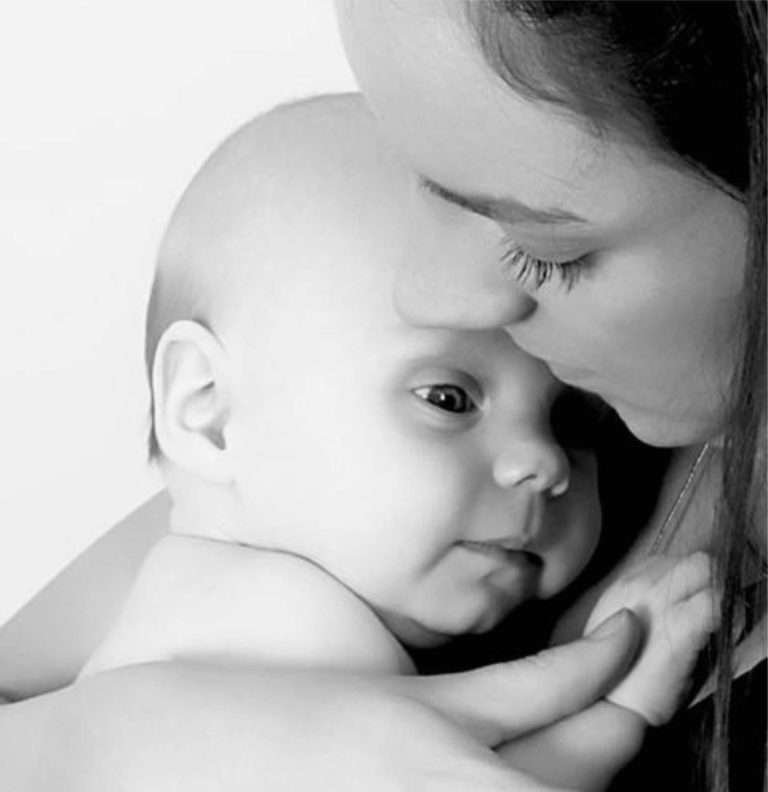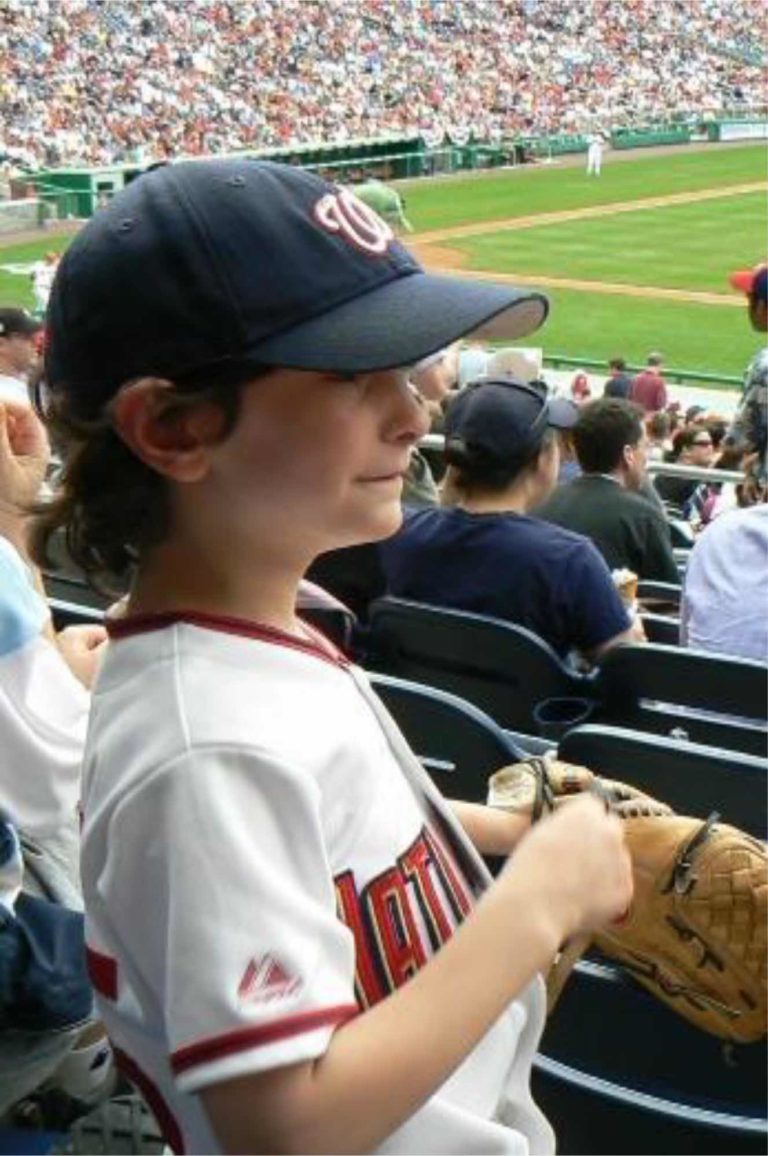I attended a workshop led by Beatrice Beebe, PhD, who does research on mother- infant interaction. I watched her videotapes of mothers and their infants, observing their facial expressions, vocal communications, and touch. I could see clearly the secure and insecure attachments of various types as they were developing. I could learn to categorize them accurately. But at this workshop we didn’t only watch research videos. We were to pair off with a colleague to enact a baby-mother interaction.
It reminded me of an earlier time in my training when I had to pretend to be a baby sleeping in my crib while kindly grown-ups came by to pat my back. I found it surprisingly different to be patted by a man than by a woman. I could imagine a baby learning the difference between father and mother very early in life.
In the current workshop, I had to play the part of a distressed baby while a colleague was assigned to be my parent showing concern, then being surprised, smiling inappropriately, and keeping a blank face, in that order. We switched roles too. As a mother I was more upset by his expression of remote despair than by his agitated face. I found it incredibly hard to fill the role of the poorly attuned mother. It felt almost impossible to remain out of touch with the baby’s distress. As a baby, I was most upset by my parent’s inappropriately smiling face. Other babies were more distressed by the surprise response. Everyone hated the still face. It is awful for an infant to feel not seen, not followed, not joined, and not known by the mother.
I wouldn’t want a therapist who is too cheerful, shows surprise, or keeps a blank face. I’d want mine to listen calmly, respond, and reflect.



